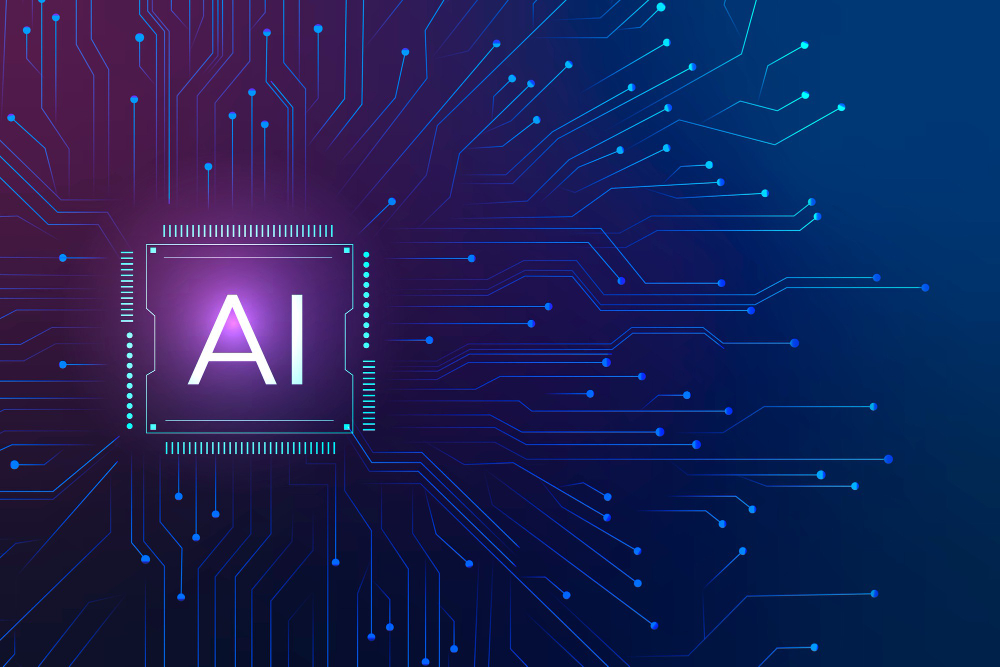While network operators have made tremendous strides in advancing connectivity primarily focused on smartphones, the next challenge – and the first new revenue opportunity in a decade – is to support the tsunami of new device types and service demands entering the marketplace. In a speech at the Total Telecom Congress in October, Ivo Rook, SVP of Sprint’s IoT business, highlighted to telecom companies and network providers that it’s now imperative to design and deploy infrastructure driven by IoT.
The demand created by M2M and IoT communications is expected to continue and accelerate with the advent of the next generation of 5G technology, with its ultra-low latency, exceptional reliability, and differentiated services to support advanced devices that would not be feasible without 5G. In fact, the number of IoT connections is forecasted to reach 25 billion in just 5 years according to the GSMA.
The five pillars of Edge Computing
Although consumer-focused devices like wearables may create new demand, they are still undemanding, relatively simple devices. In contrast, industrial, entertainment and enterprise sectors will be increasingly dependent on mission-critical connected device applications and services such as holographic A/R displays, digital twinning, collaborative robotics, and fleets of connected drones. All these emerging offerings will depend on ultra-reliable, ultra-secure and ultra-fast connectivity.
While humans are relatively tolerant of network degradations or outages, machines’ more stringent demands mean they are either operational or not. Without critical connectivity machines fail – with potentially dire consequences – especially for enterprise customers who will demand strong service level agreements (SLAs) with inherent legal liabilities for failed critical service delivery.
Providing the always-on, ultra-everything network connectivity required in 2020 and beyond is especially challenging for service providers faced with the increased complexity of virtualised 4G and 5G networks augmented by the flood of new data and other traffic generated by IoT and M2M communications. The scale of the network is now moving beyond the scope of human engineers to monitor and manage.
The next stage of business change: Human-centred digital transformation
Traditionally, service providers have detected and resolved network issues and outages once they are reported. However, reporting of service degradation or dissatisfaction with quality of experience may take days—rather than at the moment that operations teams need to act. There is no easy way to directly assess the end-user experience fast enough to apply insights to operations, much less automate the process. Lacking both a complete view of the network and the tools to see everything in real time, service providers are unable to predict degradations before they occur – which is the only option to ensure machines don’t fail and SLAs aren’t breached. There certainly won’t be enough humans to fix problems reactively.
Fortunately, along with the technology evolution of IoT and M2M come new performance and assurance technologies that comprehensively cover the entire communications chain—not only the network itself, but also the services running over it, all the way out to the connected device or sensor. These tools can identify whether it’s the network impacting service quality, or if the problem lies with handsets, application services, or other aspects of the end user service.
The combination of all-inclusive, always-on granular visibility across the network, the service, and the connected device—relying on machine learning and real-time analytics—will give operators the perspective, insight and control they need to guarantee optimal performance and connectivity for the IoT and M2M customers that will make up the lion’s share of their 5G revenues.
There are three key technologies that can help network operators address the challenges inherent in the proliferation of IoT and M2M-driven service demand: topology to help address siloed networks; automation to counter outages in real time; and artificial intelligence (AI) to get to the heart of resolving big and little data challenges.
The CIO AI and data: How to use artificial intelligence and machine learning to make your data useful
Topology ensures that operators can manage and monitor all network and service assets as an integrated system – even when network complexity and scale grows beyond human capacity in the 5G era. Much like having a map of a subway system to navigate complex routes, an integrated, topology-centric view enables operators to manage and monitor network and service assets together and in real time.
Building on topology alignment, automation in the form of cross-domain fault resolution represents the biggest opportunity for cost savings by network operators in the near term. This low-hanging fruit will bear results through machine-based root cause analysis that reduces hours of efforts to seconds and accelerates time-to-repair of network degradations and failures.
AI is the solution that can address the need for insightful data to make informed decisions on network management. Big data is often too expansive or irrelevant to be useful in real-time decision-making, while at the other end of the scale, granular detail is often amalgamated in other reporting or proves too time-consuming to unearth. Machine-learning algorithms can extract relevant data at the right time and in the right context to add significant value to decision-making.
The tsunami of service demand is coming and, as articulated by Sprint’s Ivo Rook, it’s time to create the IoT-driven network infrastructure. When designing and deploying these future-ready networks, service providers will be supported with a wealth of new technologies to deliver on the promise of 5G and advance IoT and M2M evolution.











